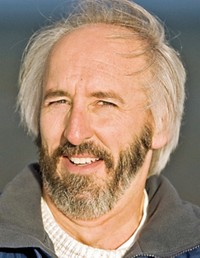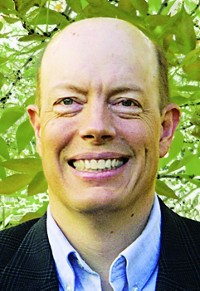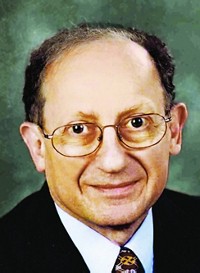Advertisement
Grab your lab coat. Let's get started
Welcome!
Welcome!
Create an account below to get 6 C&EN articles per month, receive newsletters and more - all free.
It seems this is your first time logging in online. Please enter the following information to continue.
As an ACS member you automatically get access to this site. All we need is few more details to create your reading experience.
Not you? Sign in with a different account.
Not you? Sign in with a different account.
ERROR 1
ERROR 1
ERROR 2
ERROR 2
ERROR 2
ERROR 2
ERROR 2
Password and Confirm password must match.
If you have an ACS member number, please enter it here so we can link this account to your membership. (optional)
ERROR 2
ACS values your privacy. By submitting your information, you are gaining access to C&EN and subscribing to our weekly newsletter. We use the information you provide to make your reading experience better, and we will never sell your data to third party members.
People
E. Bright Wilson Award In Spectroscopy
Sponsored by Coherent Inc. and ACS
by Marc S. Reisch
January 31, 2011
| A version of this story appeared in
Volume 89, Issue 5
Veronica Vaida’s colleagues call her a superb experimental spectroscopist whose work elegantly demonstrates the role that photochemical processes play in atmospheric chemistry.
Early contributions to the field by Vaida, a professor of chemistry and biochemistry at the University of Colorado (CU), Boulder, involved the use of absorption spectroscopy to investigate reactive excited states. Notable examples include her use of spectroscopy with supersonic jet techniques to obtain information about the photodissociation of electronic states of molecules including NH3 and the OClO radical.
Studies of atmospherically relevant species have enhanced her reputation. For instance, along with Susan Solomon, senior scientist at the National Oceanic & Atmospheric Administration (NOAA), Vaida has shown how ultraviolet light reacts with chlorine dioxide to catalyze ozone loss. The spectroscopic results uncovered new photochemical reactions and allowed interpretation of atmospheric field measurements of chlorine dioxide.
More recently, Vaida and her collaborators—James Donaldson of the University of Toronto and Adrian F. Tuck of the NOAA Aeronomy Laboratory—have shown that sunlight’s red wavelengths can initiate photochemical reactions in the ground electronic state of atmospheric molecules not previously known to photoreact by this or any other photochemical mechanism. Spectroscopy in the infrared and near infrared not only revealed new reactions in sulfuric, nitric, and organic acids important in planetary atmospheres, but as shown in a collaboration with her CU Boulder colleague Rex T. Skodje, these reactions occur very fast and can be catalyzed by water.
Among the challenging projects her lab has undertaken is the study of photoreactivity in molecular clusters. Such work has yielded new insights into solution-phase photochemistry and probes the role of water clusters in the absorption of solar radiation, climate, and climate change.
“First and foremost,” says a colleague, “Dr. Vaida is a superb experimental chemist.” The colleague further commends her for developing a “remarkable range” of state-of-the-art tools to probe the spectroscopy and dynamics of small molecules. “Vaida’s work has been eye-opening to me and to many other atmospheric chemists,” the colleague adds, and “she has repeatedly demonstrated new aspects of how reactions critical to atmospheric change actually occur.”
Another who admires her work calls Vaida an “intellectual and professional leader.” Her efforts, he notes, “vigorously encouraged the chemical physics community to bring its expertise to bear on atmospheric problems while simultaneously building connections to the atmospheric science community.”
In 1973 Vaida received a B.S. in chemistry from Brown University, and in 1977 she earned a Ph.D. in chemistry from Yale University. Until 1979, she worked as a postdoctoral fellow at Harvard University. She continued on there as an assistant and then associate professor until 1990, when she joined CU Boulder.
In 1984, Vaida was a Camille & Henry Dreyfus Teacher-Scholar. In 1994, she received the Erskine Fellowship from the University of Canterbury, in New Zealand, and between 2004 and 2005 she was a John Simon Guggenheim Memorial Foundation fellow. She has been a fellow of the American Association for the Advancement of Science (AAAS) since 2004 and an American Physical Society (APS) fellow since 2004.
She is a member of a number of professional organizations, including ACS, APS, and AAAS.
Vaida will present the award address before the ACS Division of Physical Chemistry.






Join the conversation
Contact the reporter
Submit a Letter to the Editor for publication
Engage with us on Twitter